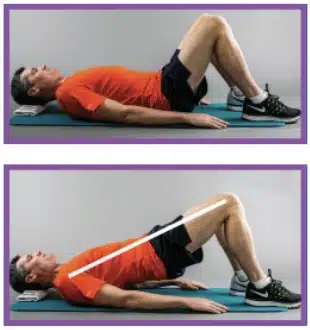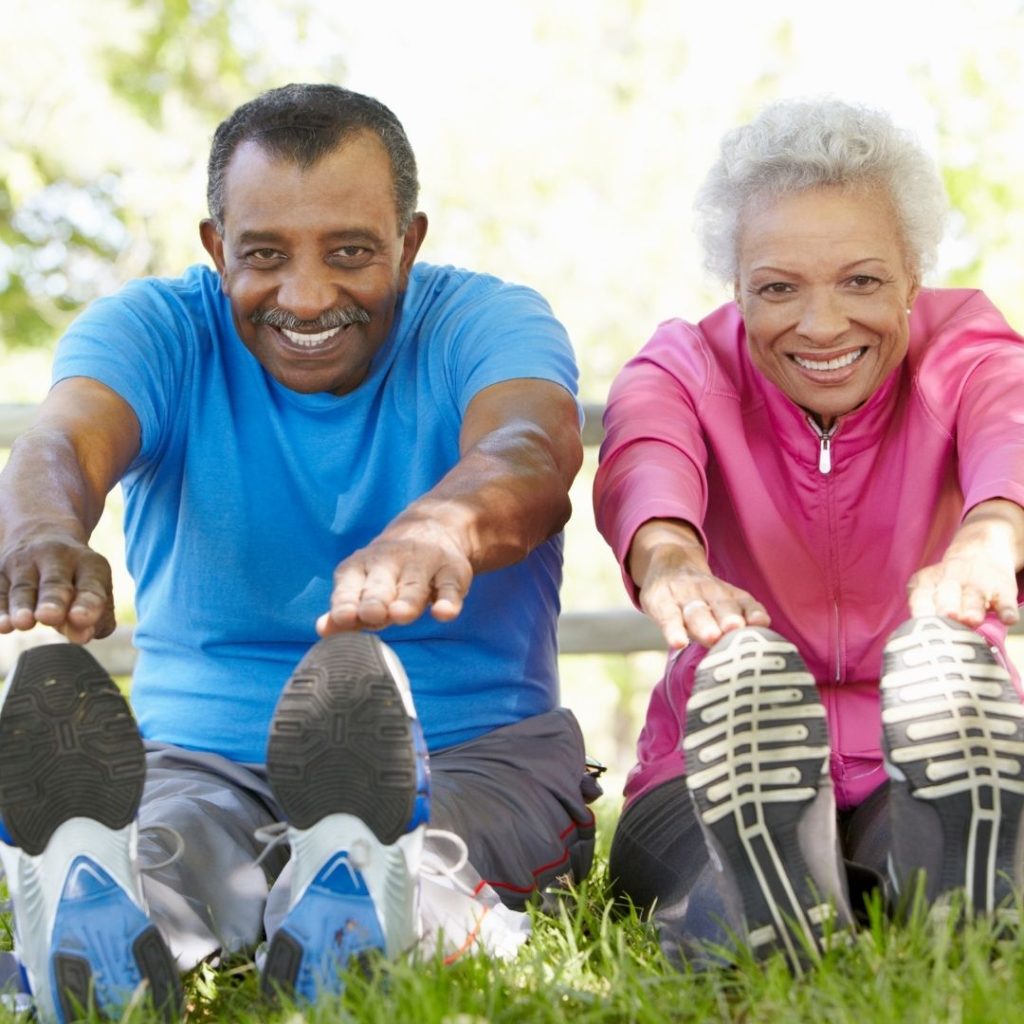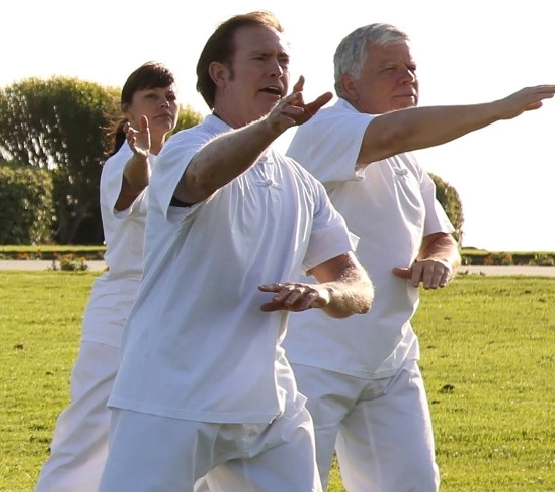
The Importance of Exercise and Physical Activity for People with Parkinson’s
For people living with Parkinson’s disease, exercise may be one of the most powerful tools to fight some symptoms and to slow the disease’s degenerative nature.
Though not a cure, exercise plays a critical role in managing Parkinson’s disease (PD), offering numerous benefits that can significantly improve quality of life for those living with the condition. In addition to maintaining overall physical and emotional health and wellbeing, exercise is vital to those living with Parkinson’s for several reasons:
Risk reduction
Studies indicate that engaging in moderate to vigorous exercise, especially during midlife, can lower the risk of developing PD. For those who already have PD, regular physical activity is associated with better cognitive and motor scores and potentially increased longevity.
Addressing general fitness and deconditioning
Regular exercise is key to combatting the challenges brought about by Parkinson’s. As PD progresses, it can lead to deconditioning, a state of reduced physical fitness. Engaging in an exercise regimen helps build exercise tolerance, making the body more capable of facing PD-related challenges.
Improvement of PD symptoms
Many symptoms of PD, both motor and non-motor, can be positively impacted by exercise. Evidence shows that Parkinson’s symptoms impacted by exercise include cognitive functions, depression, sleep quality, constipation, fatigue, and motor performance such as balance, strength, posture, and gait. Exercise might also enhance the efficacy of PD medications like levodopa.
Neuroprotective potential
Perhaps the most promising aspect of exercise in the context of PD is its potential neuroprotective effect. This refers to the preservation of neurons in the brain from deterioration, a crucial factor in slowing down or halting the progression of PD. Exercise may aid in increasing dopamine signaling, improving overall brain health, and possibly promoting the production of new nerve cells.
Social and emotional benefits
For all of the reasons above, exercise is physically important for your brain and body, but it can also benefit your emotional wellbeing. Group exercise can lead to increased motivation, social interaction, self-confidence, and more. Whether in a group or exercising solo, incorporating exercise into your treatment plan can help you feel proactive, energized, stimulated, and accomplished.
Read more about why exercise is critical
Types of Exercises for Parkinson’s Disease
The key aspects of a well-rounded exercise program include endurance, strength, flexibility, and balance. Look for opportunities to incorporate these elements into your exercise routine, and choose the types of exercise that work best for you. Whether you are walking around the block, riding a bicycle, swimming, or taking Pilates, Tai Chi, boxing, or yoga classes, any form of physical exercise that keeps you strong, increases your endurance, balance, or flexibility can help you manage your PD. Always check with your physician before you begin a new exercise program.
Read more about what types of exercise are best for people with PD
Example strength exercise
Bridge – Level 1
Goal: Strengthen the large muscles in your legs that help you stand up from a chair, walk, and climb stairs.
- Lie on your back with your knees bent, feet flat on the floor, and arms at your sides.
- Place a folded hand towel under your head as needed to keep your neck in a neutral position.
- Raise your hips up off the floor. Try to create a straight line from your shoulders to your knees.
- Lower back down to the starting position.
Complete 3 sets. Each set should include 8–12 repetitions. Rest for 15–30 seconds between sets. Do 2–3 times per week.
(This is just one of many exercises outlined for you in Be Active & Beyond: A Guide to Exercise & Wellness for People with Parkinson’s Disease. You can get your free copy below.)

Be Active & Beyond: The Parkinson’s Exercise Guide
Download the latest edition of our guide for an entire Parkinson’s exercise regimen!
The book is also available in Spanish and Simplified Chinese.
Tips for staying active
To maintain an active lifestyle with Parkinson’s disease, it’s crucial to engage in regular, consistent exercise. If possible, working with a Physical Therapist (PT) who specializes in Parkinson’s can be immensely beneficial. They can help design an exercise program that not only aligns with your interests but also caters specifically to your personal needs, thereby enhancing your chances of sticking with a consistent exercise routine. It is also good to look for PD-specific exercise, dance, and movement classes that are designed for people with PD and led by those who are familiar with the unique challenges of the disease. Many PD exercise classes offer modifications to accommodate varying levels of mobility and ability.
- Choose something you enjoy – you will be more likely to stick to it!
- Partner up – an exercise buddy can make exercise more enjoyable and may make you more accountable.
- Mix it up – variety is good and reduces boredom.
- Plan ahead and schedule your exercise – if you treat it like a meeting, you will be more likely to fit it in. Join an exercise class, such as aerobics, Tai Chi, yoga, boxing, or dance. Socialization can increase enjoyment and the class schedule can help with regular participation.
- Track it – keep a log of how many minutes you walk or how much exercise you do. Wear an activity tracker to monitor your daily steps. Set goals for walking using minutes or steps. Experiencing success can make you feel accomplished and inspire you to stay on track!
While it can be hard at times to get out of the house to exercise, there are many great ways to stay active at home. APDA offers a wide variety of virtual exercise classes that you can join from anywhere.
WATCH: Setting up for success at home and creating an exercise-friendly area
What Research has Revealed About Exercise
Over the last decade there has been a tremendous increase in the number of studies demonstrating the benefits of exercise for people with PD. Importantly, the field has seen a recent expansion in the number of high-quality exercise trials, revealing the importance of long-term exercise to reduce disability. Exercise studies consistently reveal that people with PD can improve in the following areas:
- Strength
- Endurance
- Balance
- Mobility
- Walking ability
- Flexibility
Studies in older adults without PD reveal the benefits of exercise in improving cognition, depression, fatigue, and sleep. There is emerging evidence suggesting that people with PD who exercise may also experience improvement in these symptoms.
Does exercise slow the progression of PD?
Studies reveal that people with PD who exercise experience less disability and better function compared to those who do not exercise. Given the potential impact of exercise on the brain and its known benefits in reducing disability, the research suggests that exercise should be part of the standard treatment of PD.
Learn more about exercise’s impact on PD symptoms
Starting exercise early and sticking with it
The key to exercise is to make it a part of your life. Research suggests that exercise must be carried out regularly over the long term at an appropriate intensity to optimize the impact. While exercise is important at any time over the course of the disease, starting as early as possible is recommended.
Joining a PD-specific exercise class can help you stay consistent with your exercise, can hold you more accountable, and can add a social element and camaraderie that makes it something to look forward to.
To see if there are local in-person exercise classes near you, contact your local APDA Chapter or Information & Referral Center.
Watch Dr. Terry Ellis present on The Science Behind PD & Moving

Explore Our Resources on Exercise and Parkinson’s
Whether you are living with PD, caring for someone with PD, or are just looking for information, check out our new resource library to see articles, videos, webinars, and more in-depth information about Parkinson’s disease.



